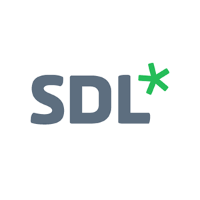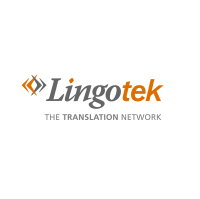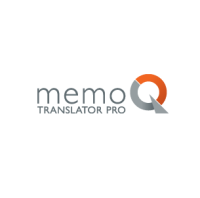Quality control
Freedom to change supplier
Forming a strong identity is the key to business success
Language localization is the process of adapting a product that has been previously translated into multiple languages to a specific country or region (localization is derived from the Latin term locus and the English term locale, i.e. a set of parameters that defines the user’s language). It is the second phase of a wider process of product translation and cultural adaptation for specific countries, regions or groups in order to reflect differences across markets – a process known as ‘internationalisation and localization’.
The localization process most commonly comprises the cultural adaptation and translation of software, videogames and websites as well as audio/voiceover, video or other multimedia content and, less often, written translations (which may include cultural adaptation processes).
The localization process is often supported by special computer-assisted translation (CAT) tools. They differ from machine translation in that CAT software programs store sentences created by a human translator in a database, making them available for subsequent translations. Another advantage of these programs is that they usually contain a database of appropriate terminology that the translator can avail of. This helps to significantly reduce error rates.
These programs can also distinguish text created by you, such as document images, catalogue items, etc. from plain text. This means that you have complete control over the text supplied to the translator. The resulting translation can then be simply exported to your final website, catalogue or piece of software without the need for further processing. CAT tools work perfectly with InDesign, HTML, xml and source codes.
Terminology is an integral part of the identity of your company and is a crucial factor in setting you apart from your competitors. Unclear terminology can seriously damage your business and negatively affect your assets, e.g. confusing the word “fat” for “oil”. You should always make sure that customers know whether you are a producer of, for instance, a no-name beverage that features the term “cola” as opposed to a producer of brand cola such as Coca-Cola or Pepsi. It’s not just words but whole concepts that help to identify your company. Just look at any TV ad and see how much companies emphasise their own specific terminology. Because being consistent with your “own terminology” means carving out an unmistakable and unique niche in the marketplace – a main objective of any company or business.
It’s also been proven that using localization processes and programs results in savings of around 40% on translation costs.
Consult us on integrating CAT tools into your business/production process.
We offer the following services::
- Software localization
- Website localization
- Catalogue localization
- Terminology maintenance
- Post-processing
The choice is yours.
Don’t forget that when using localization tools, the results stored in your own database are your property, meaning you can change supplier at anytime.
We collaborate with clients working in the following areas:
- Legal
- Engineering
- IT
- Electronics
- Computer-aided design (CAD)
- Machinery
- Automotive technology
We use the following tools:
SDL Trados Studio, MemoQ, Across, Transit, Lingotek and more.




We provide seminars on CAT tools for companies and translators.
We successfully set up SDL Trados for the Civil Aviation Authority of the Czech Republic, integrating it into their business model.
Find out more about language localization on Wikipedia: Language localization
Looking to significantly save on translation costs without compromising on quality?
Contact us. We’re here to help!